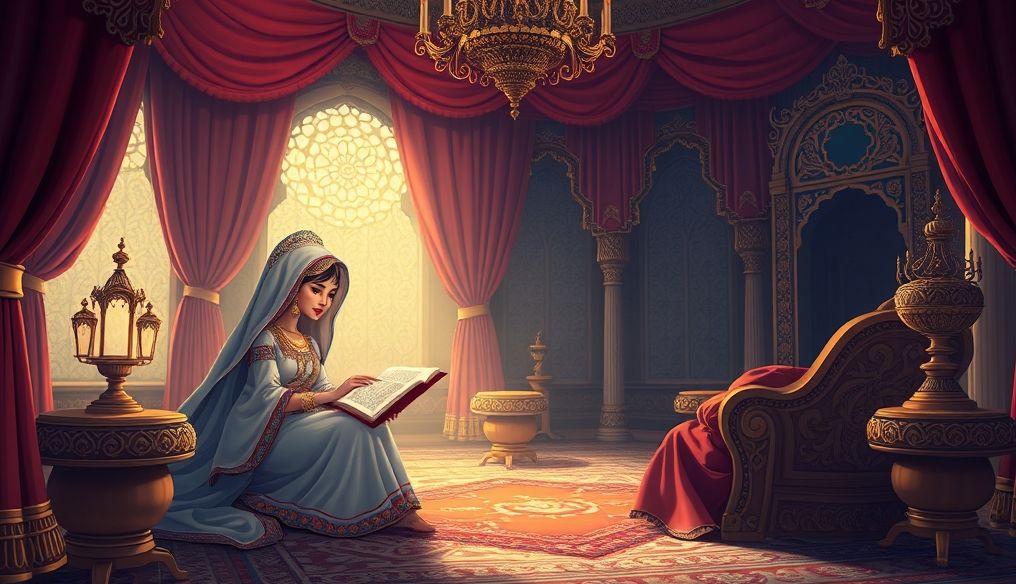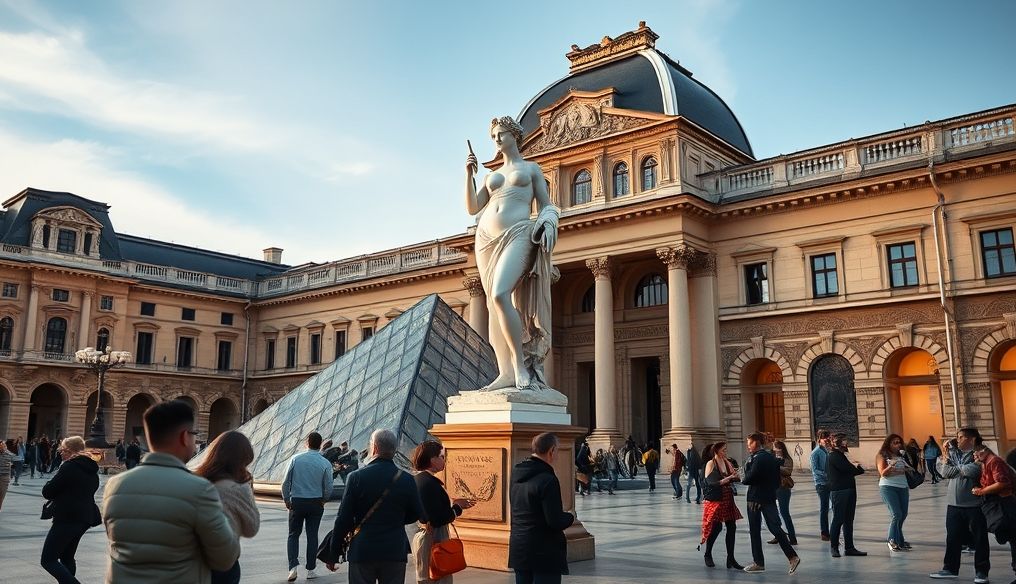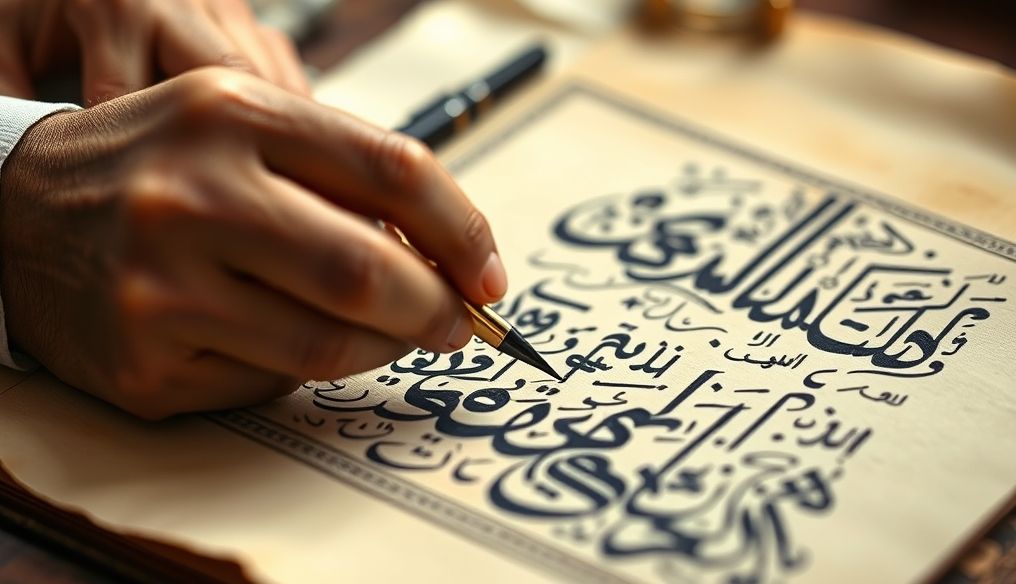What is the Story of "One Thousand and One Nights" and the Origin of its Tales?
"One Thousand and One Nights," also known as the "Arabian Nights," is a collection of folk tales originating from the Middle East and South Asia. This collection is not merely a random compilation of stories; it is an intricate fabric that connects different cultures and civilizations across centuries.
Origin of the Name
The name "One Thousand and One Nights" refers to the narrative framework that brings these tales together, where Scheherazade, the wife of King Shahryar, tells a story each night to postpone her execution, and so on for a thousand and one nights.
Historical and Geographical Origins
Opinions vary on the exact origin of "One Thousand and One Nights," but it is believed to have evolved through multiple stages, collecting tales from Persian, Indian, Arabic, and Egyptian sources. Some tales can be traced back to ancient Persian origins, such as the book "Hazar Afsan" (A Thousand Myths), which is considered the first nucleus of the collection.
Evolution Through the Ages
- Abbasid Era: The Abbasid era in Baghdad saw the addition of many Arabic tales to the collection, giving it an Islamic and Arabic character.
- Mamluk Era: During the Mamluk era in Egypt, new tales were added reflecting the social and cultural life of that period.
- European Translations: In the eighteenth century, translations of "One Thousand and One Nights" into European languages began, leading to its widespread dissemination and influence in Western literature and art.
Key Characters and Tales
"One Thousand and One Nights" includes a diverse collection of famous characters and tales, including:
- Sinbad the Sailor: Tales of Sinbad's seven voyages, combining adventure and fantasy.
- Ali Baba and the Forty Thieves: The story of the poor woodcutter who discovers a cave full of treasures.
- Aladdin and the Magic Lamp: The tale of the young man who finds a magic lamp and fulfills his wishes.
- King Shahryar and Scheherazade: The narrative framework that brings all the tales together, where Scheherazade tells the tales to save her life.
Themes and Values
"One Thousand and One Nights" reflects a diverse set of themes and values, including:
- Courage and Adventure: Shown in the tales of Sinbad and Aladdin.
- Intelligence and Cunning: Manifested in the character of Scheherazade and her ability to tell stories.
- Justice and Fairness: Shown in many tales that reward good and punish evil.
- Love and Romance: Shown in stories of platonic love and emotional adventures.
Cultural and Literary Impact
"One Thousand and One Nights" has had a significant impact on literature, art, and popular culture around the world. These tales have inspired many writers, artists, and musicians, and have influenced the development of new literary and artistic genres.
Versions and Translations
There are many different versions and translations of "One Thousand and One Nights," and these versions vary in the number and order of the tales. Among the most famous European translations is Antoine Galland's translation, which contributed to the dissemination of the collection in the West.
"One Thousand and One Nights" in the Modern Era
"One Thousand and One Nights" continues to enjoy great popularity in the modern era, with tales being reproduced in films, series, and comic books. It also inspires artists and creators to produce new works of art based on elements from the original tales.
Conclusion
"One Thousand and One Nights" is a unique literary work that combines fantasy and reality and reflects a rich culture and civilization. It is not just a collection of tales; it is a window onto a magical and amazing world, and it continues to inspire generations to this day.




